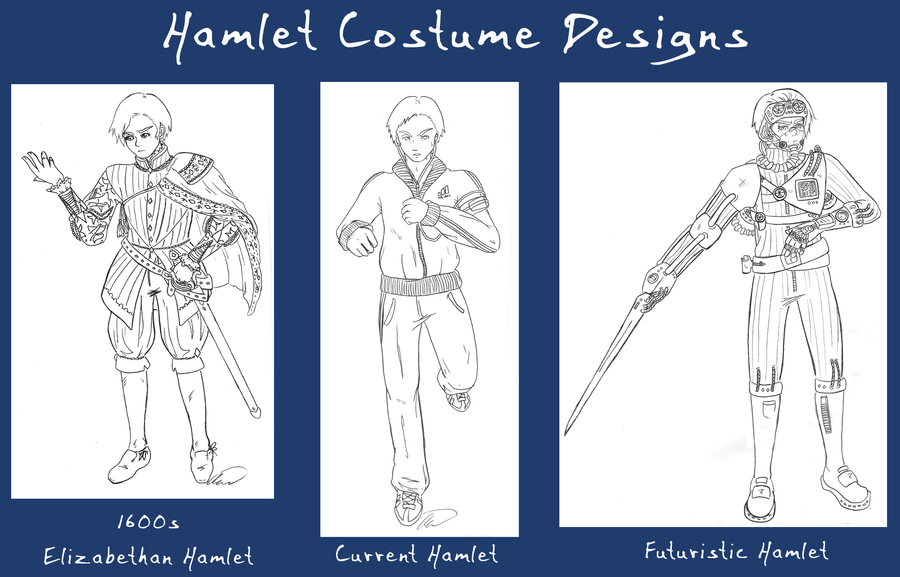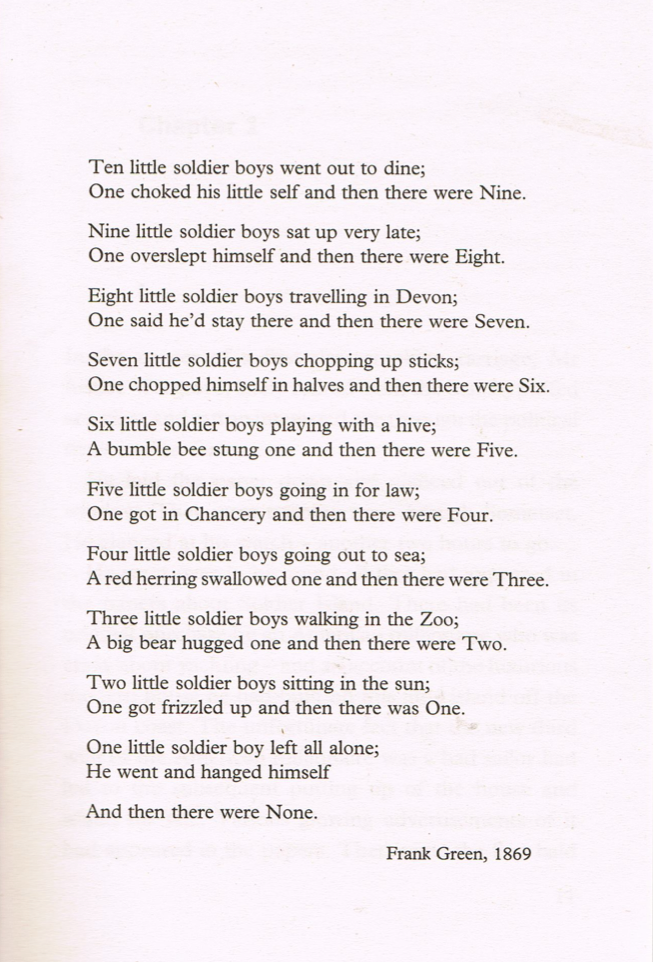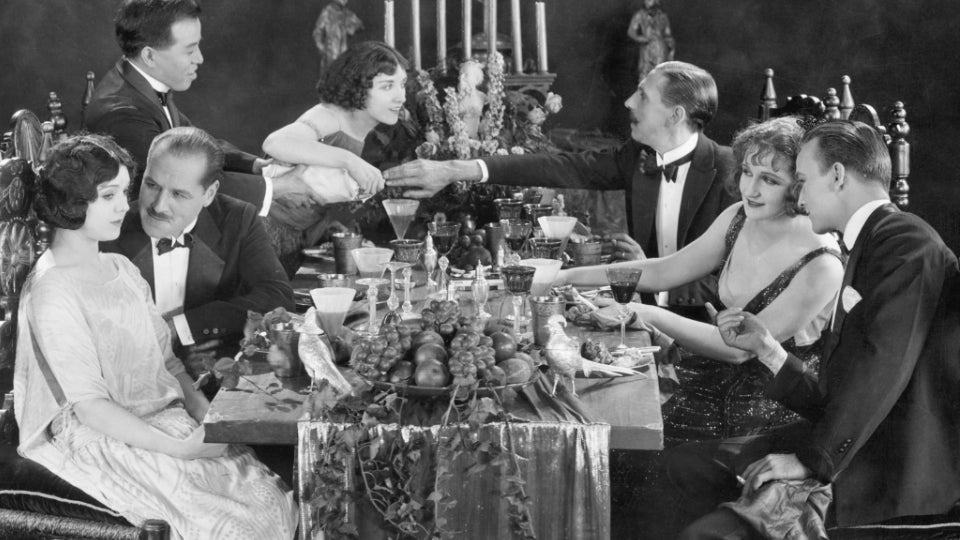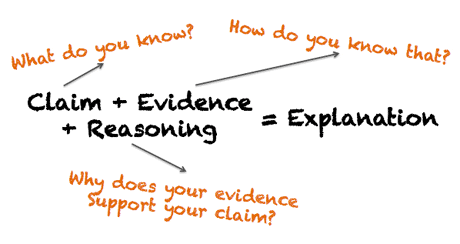April 1, 2015
E.Q: Connect ideas to real world situations.
How do patterns allow for predictions?
Obj: I can connect the text to real life situations.
I can analyze the concept of patterns in my own life.
Starter:
Watch the clip from V for Vendetta.
Make sure to listen carefully.
Infer what V is asking the citizens to do.
Would you participate?
Why?

Vocabulary:
Just (adjective)
- based on or behaving according to what is morally right and fair.
Your Definition;
Context:
Activity: Decide whether acts of vigilantism are justifiable.
Activity:
1. Sharing Connections
Select one real life vigilante, you may use the Listserv to find ideas.
You are the judge.
In a short answer response:
You are the judge.
In a short answer response:
1. Decide whether or not that person should be convicted of his/her crime.
Explain your rationale.
2. Analyze your response. Do you believe that acts of vigilantes can be justifiable? Why or why not?
Explain your rationale.
2. Analyze your response. Do you believe that acts of vigilantes can be justifiable? Why or why not?
We will share out these ideas as a class.
2. Chunked Reading
Find a partner to read the pages listed below. Summarize each section out loud.
91-94
104-106
Analyze what happened to Mrs. Rogers.
What patterns are starting to appear?
116-119
What pattern do the characters discover?
How do patterns then allow for predictions?
3. Connecting Patterns to Real Life
Read the article Recognizing Our Patterns and How to Change Them
What patterns do we keep?
How can we improve upon them?
Closure:
Write a half page reflection on what you learned about patterns in your life.
Homework
121-150























